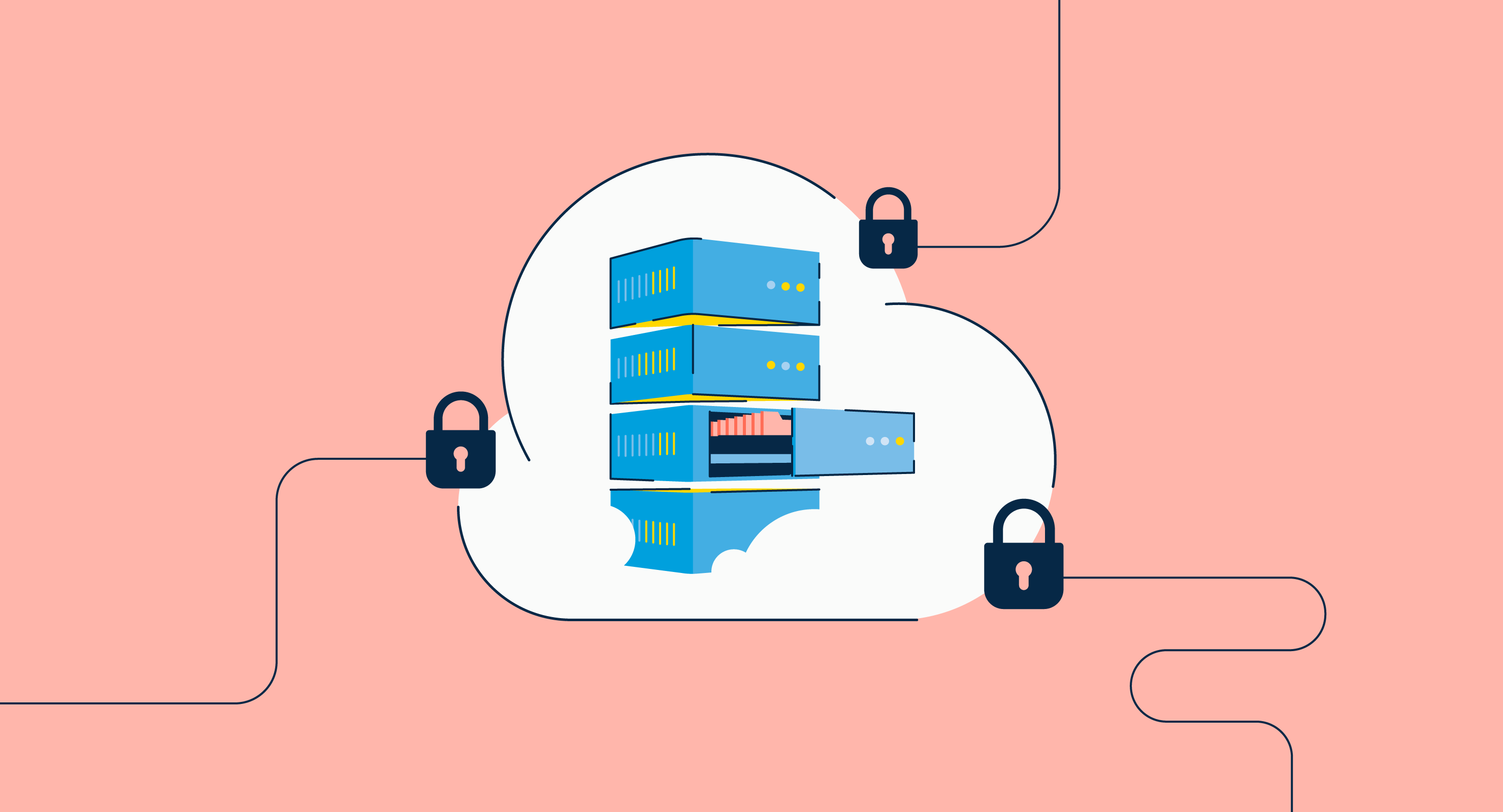Database as a Service (DBaaS) Providers Resources
Articles, Discussions, and Reports to expand your knowledge on Database as a Service (DBaaS) Providers
Resource pages are designed to give you a cross-section of information we have on specific categories. You'll find articles from our experts, discussions from users like you, and reports from industry data.
Database as a Service (DBaaS) Providers Articles
Database as a Service (DBaaS): Why Put Your Data on the Cloud?
Breaking down silos is key to disrupting the status quo with insight-driven innovation.
by Sudipto Paul
What Makes DBaaS the Next Big “As a Service” Offering?
Whenever I hear the word database, I picture a mega-sized Oracle system at the back of a building collecting and storing our data. But if only were databases that simple!
by Preethica Furtado
Database as a Service (DBaaS) Providers Discussions
0
Question on: Oracle Database
What is Oracle Database used for?What is Oracle Database used for?
Oracle Database is a relational database management system (RDBMS) that is widely used in the industry for managing and storing large volumes of data. It provides a secure and scalable platform for organizations to efficiently process and access their data.
Here are some key features and use cases of Oracle Database:
1. Data Management: Oracle Database allows users to create, organize, and manage multiple tables and relational structures. It supports various data types and offers powerful indexing and querying capabilities, which enable efficient retrieval and manipulation of data.
2. Performance Optimization: Oracle Database includes advanced features like query optimization, parallel execution, caching, and indexing techniques that help improve performance and ensure faster data access. It also provides tools for database tuning and monitoring to identify bottlenecks and optimize resource usage.
3. Scalability and High Availability: It offers scalability options to handle growing data volumes and user demands. Oracle Database supports partitioning, clustering, and parallel processing, allowing organizations to distribute data and processing across multiple servers for increased performance and availability. It also provides features like data replication, failover mechanisms, and online backups for high availability and disaster recovery.
4. Security: Oracle Database offers robust security features to protect sensitive information. It provides authentication and authorization mechanisms to control access to the database and its objects. It supports encryption of data at rest and in transit, as well as auditing capabilities to track and monitor user activities.
5. Data Integration and Data Warehousing: Oracle Database supports various data integration techniques, such as extract, transform, load (ETL) processes, data replication, and data synchronization. It allows seamless integration with other systems and data sources, enabling organizations to create consolidated and centralized data warehouses or data marts for advanced analytics and reporting.
6. Advanced Analytics and Machine Learning: Oracle Database includes built-in analytical functions and algorithms for performing advanced analytics and statistical computations on the data stored in the database. It also provides machine learning capabilities, allowing organizations to build and deploy predictive models directly within the database.
7. Application Development: Oracle Database provides a comprehensive set of development tools and frameworks for building scalable and reliable applications. It supports various programming languages like SQL, PL/SQL, Java, and Python, allowing developers to create complex business logic and user interfaces. It also offers integration with development environments like Oracle Application Express (APEX), Oracle Developer Cloud Service, and Oracle JDeveloper.
Overall, Oracle Database serves as a robust and feature-rich platform for managing and manipulating structured data, supporting critical business applications, and enabling advanced analytics and decision-making processes in organizations of all sizes and industries.
It is commonly used in industries such as finance, healthcare, retail, and manufacturing for tasks like customer relationship management, financial reporting, supply chain management, and enterprise resource planning.
0
Question on: Amazon Relational Database Service (RDS)
What is Amazon Relational Database Service (RDS) used for?What is Amazon Relational Database Service (RDS) used for?
Amazon Relational Database Service (RDS) is a cloud-based service offered by Amazon Web Services (AWS) that is used for managing and operating relational databases. RDS makes it easier to set up, operate, and scale a relational database, allowing users to focus more on their applications and less on the administrative aspects of database management. It supports various database engines, such as MySQL, PostgreSQL, Oracle, SQL Server, and MariaDB, providing a flexible and scalable solution for hosting and managing relational databases in the cloud. RDS handles routine database tasks like backups, software patch management, and automatic scaling.
Database as a Service (DBaaS) Providers Reports
Mid-Market Grid® Report for Database as a Service (DBaaS)
Winter 2025
G2 Report: Grid® Report
Grid® Report for Database as a Service (DBaaS)
Winter 2025
G2 Report: Grid® Report
Enterprise Grid® Report for Database as a Service (DBaaS)
Winter 2025
G2 Report: Grid® Report
Momentum Grid® Report for Database as a Service (DBaaS)
Winter 2025
G2 Report: Momentum Grid® Report
Small-Business Grid® Report for Database as a Service (DBaaS)
Winter 2025
G2 Report: Grid® Report
Enterprise Grid® Report for Database as a Service (DBaaS)
Fall 2024
G2 Report: Grid® Report
Small-Business Grid® Report for Database as a Service (DBaaS)
Fall 2024
G2 Report: Grid® Report
Mid-Market Grid® Report for Database as a Service (DBaaS)
Fall 2024
G2 Report: Grid® Report
Grid® Report for Database as a Service (DBaaS)
Fall 2024
G2 Report: Grid® Report
Momentum Grid® Report for Database as a Service (DBaaS)
Fall 2024
G2 Report: Momentum Grid® Report


